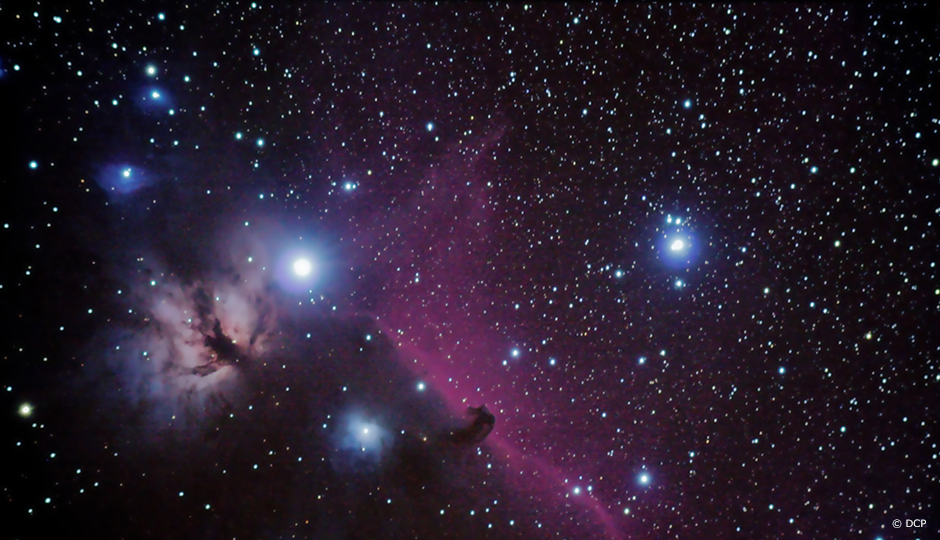What is our universe made of? How does it work? Astrophysicists create increasingly sophisticated observation and measurement tools to scan the sky in an effort to answer existential questions such as these. Gilles Joncas, a professor in the Department of Physics, Physical Engineering and Optics at Université Laval, has developed a spectroscopic method for "seeing" diffuse nebulae—clouds of cosmic matter—in 3 dimensions, thereby increasing our understanding of the galaxy.
This data will help astrophysicists to better understand the birth of stars and their interaction with the matter used in their formation.
The researcher used an original device developed by his departmental colleague Professor Laurent Drissen and built with the help of ABB Québec. Integrated into the Mont-Mégantic Observatory telescope, this instrument resembles a human-sized truncated pyramid whose metallic structure, made of composite, houses high precision optical systems, lasers and sensitive detectors. These record the light spectrum emitted by a nebula and then break it down, somewhat like a prism.
By analyzing the spectral signature obtained, Gilles Joncas obtains a great deal of information about the nebula, such as temperature, density and chemical composition. Using the Doppler effect—a phenomenon used in police radars and ultrasounds—he is also able to determine particle speed, model the distribution of matter and obtain a 3D image of the celestial cloud. This data will help astrophysicists to better understand the birth of stars and their interaction with the matter used in their formation.
Professor Joncas's work also helped sell the idea of building an enhanced version of the instrument, which is nearly complete and will soon be leaving Québec to be incorporated into the Canada-France-Hawaii telescope.




